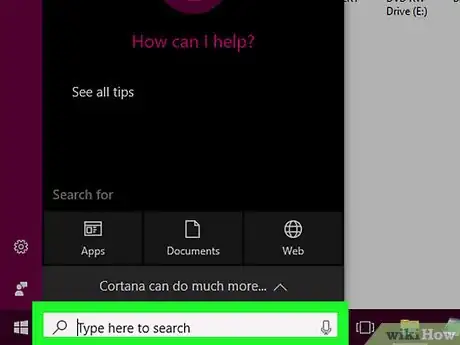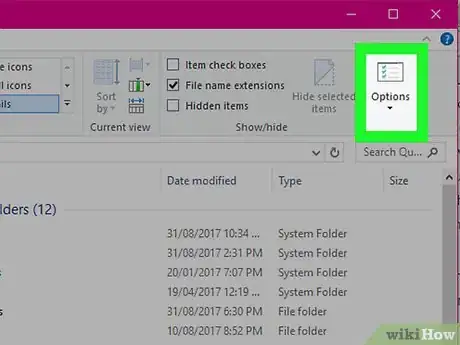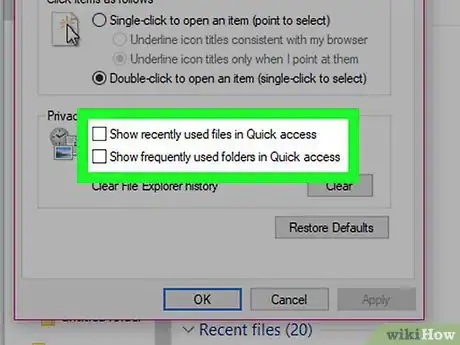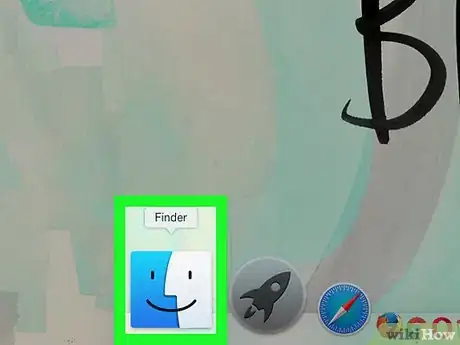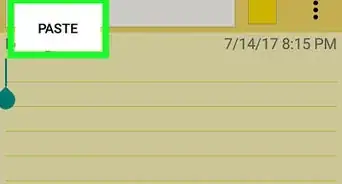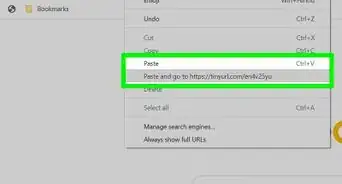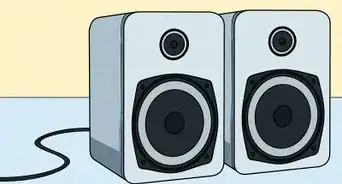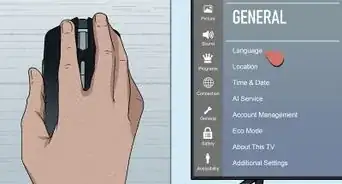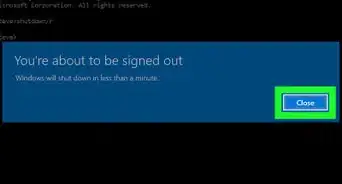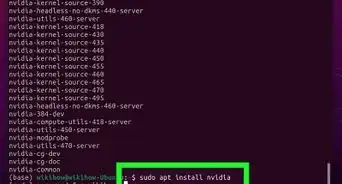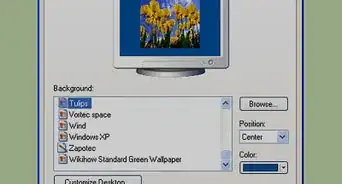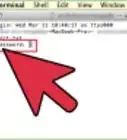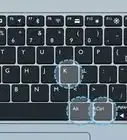X
This article was co-authored by wikiHow staff writer, Jack Lloyd. Jack Lloyd is a Technology Writer and Editor for wikiHow. He has over two years of experience writing and editing technology-related articles. He is technology enthusiast and an English teacher.
This article has been viewed 409,111 times.
Learn more...
This wikiHow teaches you how to delete your computer's file history, which includes things like recently viewed files and search suggestions. You can do this on both Windows and Mac computers. To clear web-based history, you'll need to delete your browsing history from within your browser's settings.
Steps
Method 1
Method 1 of 4:
Deleting Search History on Windows
-
1Click Cortana's Search box. It's on the left side of the taskbar, just right of the Windows logo. Doing so prompts the Cortana window to open.
- If you don't have this option: right-click the taskbar, select Cortana, and click Show search box.
-
2Click Settings . It's on the left side of the Cortana window. This will open Cortana's settings in the window.Advertisement
-
3Scroll down and click Clear my device history. It's below the "My device history" heading. Doing so clears your on-device search history.
-
4Click Search history settings. This link is below the "My search history" heading. Clicking this link opens a Bing page with all of your searches listed in chronological order.
- If you aren't connected to the Internet, you won't be able to access this page.
-
5Click CHANGE HISTORY SETTINGS. This heading is toward the top of the Bing page. A menu will appear beneath it.
-
6Click Clear all. It's in the "Clear search history" section of the menu.
-
7Click Yes when prompted. Doing so will clear Cortana's search history entirely, both locally and online.
Advertisement
Method 2
Method 2 of 4:
Deleting File History on Windows
-
1
-
2
-
3Click View. It's a tab in the top-left side of the File Explorer window. A menu will appear below the View tab.
-
4Click Options. It's a box-shaped icon on the far-right side of the View menu.
-
5Click the General tab. It's in the upper-left corner of the Folder Options window.
-
6Click Clear. This option is in the "Privacy" section toward the bottom of the window. Doing so will remove your recent searches from the File Explorer.
- If you pinned any folders or files to the File Explorer, they won't be cleared.
-
7Hide your future search history. Uncheck both the Show recently used files in Quick Access and Show recently used folders in Quick Access boxes in the "Privacy" section. While optional, doing this will prevent searched items from appearing in the File Explorer search bar.
-
8Click OK. It's at the bottom of the Folder Options window. Your File Explorer history should now be clear.
Advertisement
Method 3
Method 3 of 4:
Deleting File and App History on Mac
Method 4
Method 4 of 4:
Deleting Folder History on Mac
-
1Open Finder. It's a blue, face-like app in your Mac's Dock.
- You can also just click your desktop.
-
2Click Go. This menu item is on the left half of your Mac's menu bar, which is at the top of the screen. Clicking Go prompts a drop-down menu.
-
3Select Recent Files. It's at the bottom of the Go drop-down menu. A pop-out window will appear to the right of Recent Files with a list of your recently opened folders.
-
4Click Clear Menu. You'll see this button at the bottom of the pop-out menu. This will clear the list of recently visited folders.
Advertisement
Community Q&A
-
QuestionHow can a user know what I watched?
 Community AnswerThey can't if you clear your history.
Community AnswerThey can't if you clear your history. -
QuestionHow do you clear just a single search term you have used in the past?
 Community AnswerIf you are using Google Chrome, press the three dots in the top left corner and open the history tab, then select the searches you want to be deleted and press delete.
Community AnswerIf you are using Google Chrome, press the three dots in the top left corner and open the history tab, then select the searches you want to be deleted and press delete. -
QuestionHow do I delete history from the laptop, not the browser?
 Community AnswerYou can download CCleaner and run it, it will clean a lot of things for you, including all of your browsers' histories.
Community AnswerYou can download CCleaner and run it, it will clean a lot of things for you, including all of your browsers' histories.
Advertisement
Warnings
- Removing search history will also reset autofill settings on Windows.⧼thumbs_response⧽
Advertisement
About This Article
Advertisement
